Review: David Byrne has always made the totally original look head-slappingly obvious
Published in Entertainment News
CHICAGO — David Byrne’s show at the Auditorium Theatre on Tuesday, the first of four shows this week in Chicago, began with the Earth rising behind him on a 180-degree wraparound screen, stretching the length of the stage, floor to ceiling. In the foreground was the moon; as Byrne sang the Talking Heads ballad “Heaven,” backed by a keyboard and violins, Earth climbed higher, filling your eyes.
“Our heaven, the only one we have,” he said plainly as the song concluded.
Byrne says a lot of things plainly. He has for 50 years, and being so matter-of-fact on the normally emphatic, dramatic confines of a concert stage has always looked off-kilter. The ordinary turns conceptual. It’s one of Byrne’s hidden superpowers, to flatly state the obvious, to plainly highlight the ordinary, in the same space where performers tend to dazzle. Near the end of the show, he sang a heartfelt love song to his apartment, because, well, if you’ve ever lived in one place a long time, that is a kind of relationship. Before the show even started, his pre-recorded voice piped through the theater to explain that dancing was permitted during the concert, but please stay out of the aisles, because, should there be a fire, “Dancers in the aisle would have an unfair advantage.”
He reminds us that what is in front of us, and taken for granted, remains unexplored country. Behind him, during “Everybody Laughs” from his new album “Who Is the Sky?” we get a montage of the vibrance of a city, meaning people we see daily, the footage shot by John Wilson, whose great under-seen HBO series, “How To with John Wilson,” shares a lot of DNA with the awkward, halting plainspoken delivery that Byrne perfected.
This “Who Is the Sky Tour” is something of a sequel to “American Utopia,” his tour from a few years back, which played Chicago, then left for Broadway and was captured for a Spike Lee concert movie. Again, there are no mic stands, no drum risers at center, no amplifiers anywhere. The stage is barren. The entire band and the singers/dancers wear royal blue pajamas, like a cult. Not one musician, or dancer, or even the bassist, is shackled to their area. They stay in motion the whole show, weaving in and out of each other, assembling, splintering. A keyboard is strapped to the keyboardist’s shoulders. What would be a drum kit for one is split between four musicians, magically in harmony.
And yet it looks natural, head-slappingly obvious even.
Why haven’t more bands, even the most radical — even his legendary Talking Heads — explored the potential for how musicians are staged? Probably because, at least in this case, it comes off like months of choreography, in the ironic service of making something innovative and arranged seem nearly spontaneous. It looks like a Busby Berkeley number arranged 20 different ways, for 20 songs. It looks, to be frank, like more imagination and risk than most performers would dare. But when the band takes on the Heads’ “Houses in Motion,” its sinuous beats, its vaguely African rhythms, the music draws out the syncopation of those performers, all traveling around each other as Byrne stalks the stage’s edge, singing in his hyper-rational tone, like a dancing TED Talk.
It’s a strange truism that Byrne’s finely tuned production reminds you how artificial and rigid most concerts — particularly the ones peddling illusions of authenticity — really are.
Part of the secret here is the faces of the band and dancers, given room within the choreography to show themselves happy, sopped in sweat, vibing with whomever’s beside them. That’s real. Byrne’s theme is togetherness; he takes a moment to say how radical kindness can be, which would be corny if the other theme wasn’t joy itself — or rather, the importance of joy in a world eager to dump on it. Many of the songs, a nice range of his best solo material — “Like Humans Do”; “Independence Day” from his first solo album in 1989; a cover of Paramore’s “Hard Times” — play like earnest reminders to breathe, and to giggle, and to resist the easy appeal of cruelty. “Strange Overtones,” a Brian Eno collaboration that could be a lost Talking Heads track, comes right out and explains the show itself: “I see the music in your face/ That your words cannot explain.”
A David Byrne show, like a Talking Heads show back in the day, always becomes a dance party, and while this one is no exception, for a brief moment, I could feel the audience around me tense at images of ICE raids in Chicago, and Los Angeles, backed by the propulsion of “Life During Wartime,” which reminds us: “This ain’t no party, this ain’t no disco, this ain’t no fooling around.”
But he also played to images of Italians singing for each other during the pandemic and showed photos of Chicago street life that he had taken himself. He did what he famously did in “Stop Making Sense”: He deconstructed a rock concert and reassembled it, as something honest and funny and strange and moving. He sang without embarrassment about decency. It’s not a political show, except, of course, it is.
©2025 Chicago Tribune. Visit at chicagotribune.com. Distributed by Tribune Content Agency, LLC.
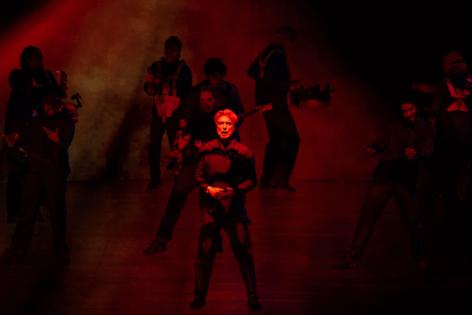
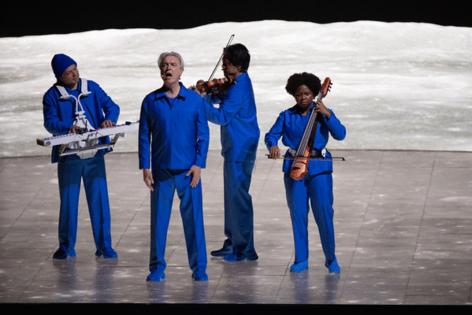
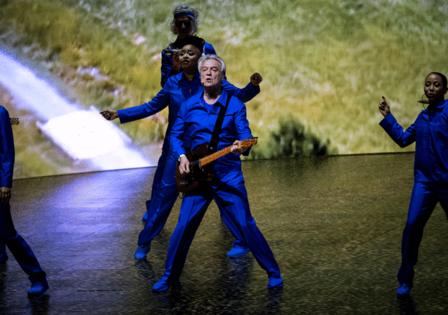
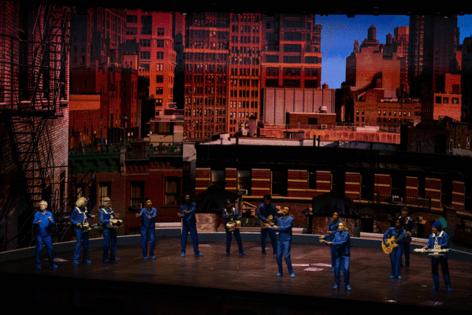
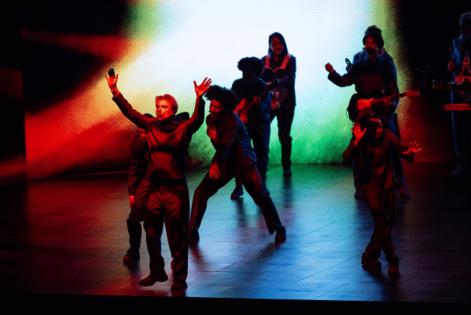





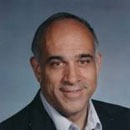
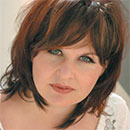
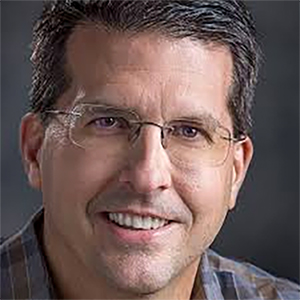
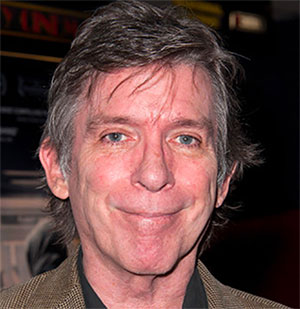



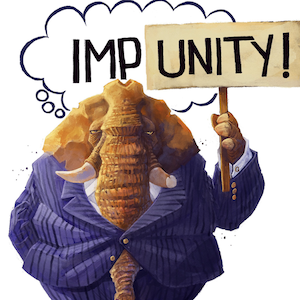
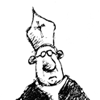
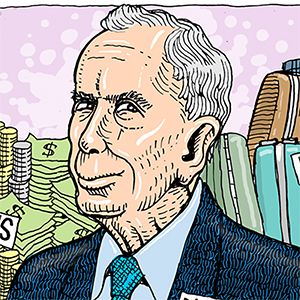

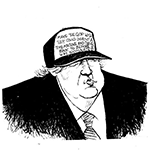
Comments